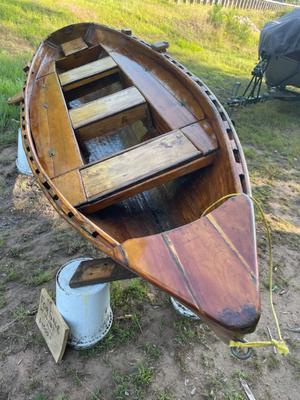- Home
- Boat Building
- Restoration
- Paint
- Bottom Paint
- Painting
- Boat Varnish
- Restoring and Refinishing Old Oak Hatch Doors
Restoring and Refinishing Old Oak Hatch Doors
by Juli
(Seattle, WA)
I have two doors that go to the booby hatch of our 1925 70ft tugboat.
The doors haven't been refinished in a very long time (we just purchased the boat last Sept.).
There is hardly any varnish left, the wood is very dry and there are cracked areas in the panels.
How can I repair those cracks and what should I seal the wood with before varnishing?
The doors are very heavy and I don't want to try and rebuild them, I doubt the doors can be taken apart without ruining them, so I need to make repairs in place.
Thanks for any help!
Comments for Restoring and Refinishing Old Oak Hatch Doors
|
||
|
||
|
||
Want to add more photos?
Photo Uploader
If you are having problems uploading Photos or would like to add more click on this link for the Upload Form.







